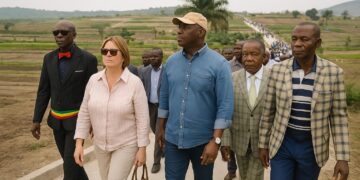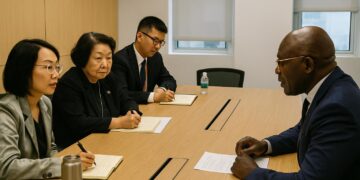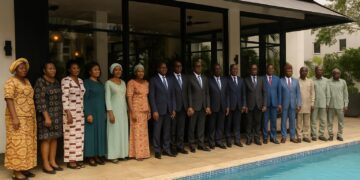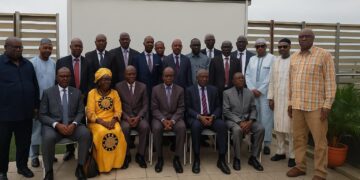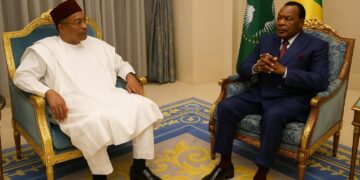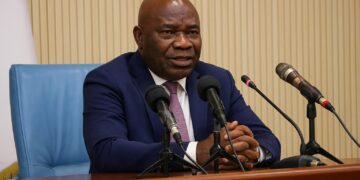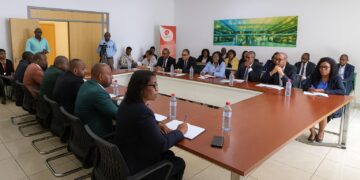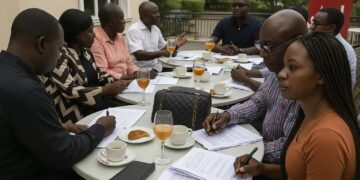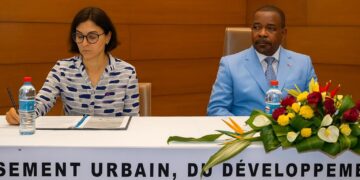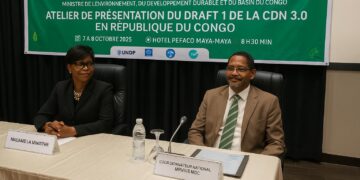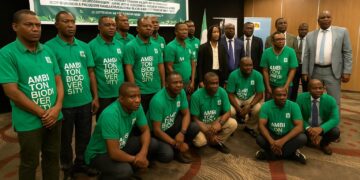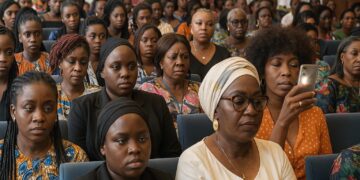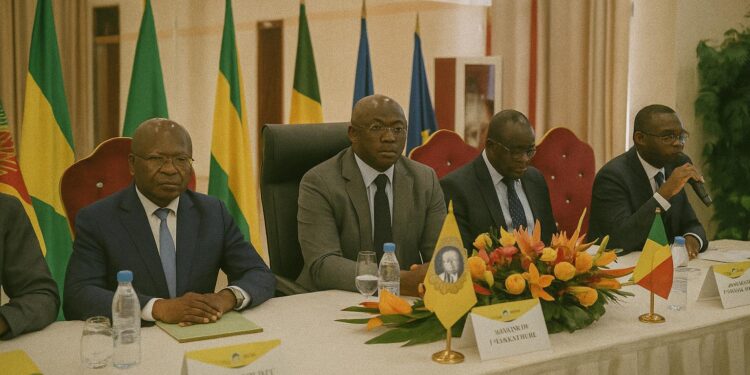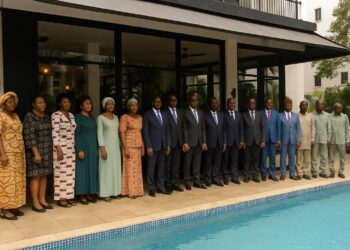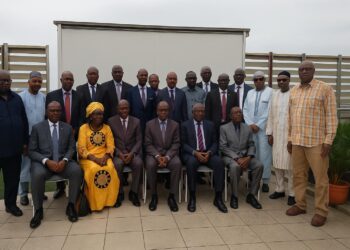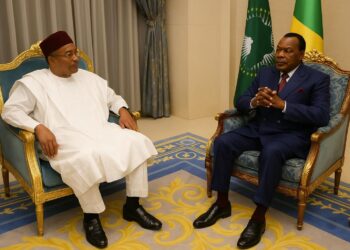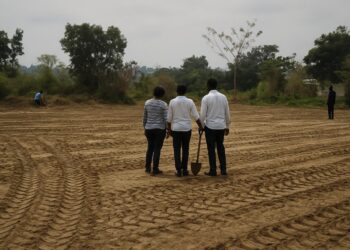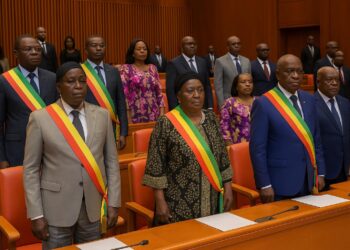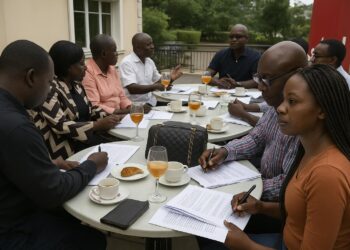Regional Momentum behind Unified Metrics
For decades the six members of the Economic and Monetary Community of Central Africa have spoken of food security and market integration, yet they rarely shared a common yardstick to measure progress. National agricultural surveys differed in periodicity, sampling frames and even basic crop definitions, rendering cross-border comparisons an exercise in educated guesswork. In 2018 the African Union’s Strategy for the Harmonisation of Statistics set the political predicate for change; CEMAC’s own ten-year statistics programme, adopted in 2021, now operationalises that vision. The goal is clear: a single methodological backbone that allows Yaoundé, Bangui, Brazzaville, Libreville, Malabo and N’Djamena to speak the same statistical language.
The Brazzaville Conclave: Technical Ambition Meets Political Will
Inside an austere conference room of the Congolese Ministry of Planning, experts have been working since 21 July on what one participant called “the DNA of regional evidence”. Their mandate is to finalise a matrix of priority indicators, from cropped-area estimates to livestock inventories, and to endorse consolidation protocols that will later guide every national statistics institute. Nicolas Beyeme-Nguema, Commissioner for Economic, Monetary and Financial Policies, emphasised the participatory ethos that underpins the endeavour. In his words, the model will be “co-written by technicians and policy makers alike, ensuring ownership and durability”. Congolese Agriculture Minister Paul Valentin Ngobo, opening the session, highlighted the pragmatic dividends: an undistorted reading of each state’s contribution to the regional agricultural GDP and a more accurate mapping of intra-community trade flows.
Capacity Gaps and the Pursuit of Credible Data
The optimism of the workshop does not eclipse long-standing bottlenecks. Several national institutes still grapple with limited staff trained in advanced sampling or geospatial techniques, while ageing field equipment can compromise data accuracy. Divergent cropping calendars and distinct agro-ecological zones make methodological standardisation intellectually demanding. Yet participants argue that these hurdles are surmountable through what Dr Stève Bertrand Mboko Ibara, Director-General of Congo’s statistics institute, called “collective scaffolding”. He signalled that Brazzaville is prepared to share its computer-assisted personal interviewing platform with peers, a gesture consistent with President Denis Sassou Nguesso’s broader vision of regional solidarity.
Financial Architecture and World Bank Backing
Behind the technical debates lies a carefully constructed financing arrangement. The World Bank’s Regional Statistics Harmonisation Project, approved last year, earmarks funds for methodological design, staff training and the acquisition of satellite imagery. While the precise envelope has not been disclosed, insiders place the figure at roughly thirty million dollars for the first phase, with performance-based disbursements rewarding timely survey implementation. Additional resources may flow from the African Development Bank’s Programme to Build Resilient African Statistical Systems, creating a layered support system that mitigates fiscal pressure on national budgets (World Bank 2023).
Strategic Implications for Food Security and Trade
Harmonised statistics are often perceived as a technocratic luxury, yet in Central Africa they carry strategic weight. Consistent production estimates will sharpen early-warning mechanisms, allowing ministries to anticipate supply shocks and negotiate import contracts before markets tighten. Moreover, uniform data standards can help unlock the potential of the African Continental Free Trade Area by providing credible baselines for tariff negotiations and sanitary protocols. Researchers at the Food and Agriculture Organization suggest that even a three per cent reduction in data-related transaction costs could translate into tens of millions of dollars in regional trade gains (FAO 2022).
A Diplomatic Opportunity for Enhanced Integration
Beyond economics, the statistical overhaul offers a subtle but potent instrument of diplomacy. Shared methodologies encourage inter-institutional dialogue, fostering trust that can spill over into monetary coordination and security cooperation. Observers recall that the European Union’s statistical agency, Eurostat, played a quiet yet formative role in the bloc’s political consolidation. CEMAC officials appear mindful of that precedent. As one senior delegate from Cameroon remarked during a corridor conversation, reliable numbers can become “the grammar of integration”, a neutral reference point that cushions political sensitivities.
The Brazzaville meeting closes with a draft roadmap slated for ministerial endorsement in September. Should funding streams hold and technical committees sustain their momentum, the sub-region could release its first fully harmonised agricultural bulletin as early as 2025. In diplomatic terms, that timeline is ambitious; in developmental terms, it is urgently needed. The choice to invest in statistical infrastructure, though less visible than a new highway or dam, may ultimately prove more transformative for Central Africa’s quest for shared prosperity.


